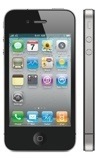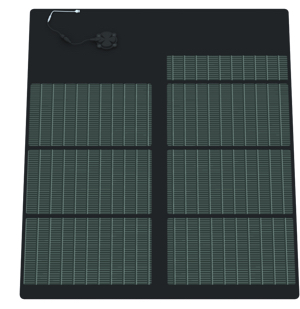By Greg Mills
Sometimes what I write hits a nerve, and I get email from readers giving me fresh information they found. My article regarding what I consider false claims that Apple has gone rogue drew an email from a reader.
He sent me a link to an article and actually an embedded half hour Video TV news story that ran recently in Australia that loosely linked Apple with Chinese pollution in general and worker injury specifically. It turns out this is old news and not quite what it appears.
The story was researched and written by Steven McDonnell of ABC (Australian Broadcast Corporation, not related to ABC news in the USA). The article was well written on the surface, but failed to actually connect Chinese pollution in general or worker injury specifically with Apple’s industrial footprint (http://www.abc.net.au/foreign/content/2010/s3048959.htm) in a way that Apple Corp. should be held responsible for. Frankly, it is a hatchet job and fails the sniff test for rotten eggs.
There is one shot in particular where white Apple logos in plastic bags were shown on screen to “prove” that the injury to workers from the chemical N-Hexane, which was supposedly used to mount the Apple logos on Apple computers. It seems very unlikely to me that the white plastic logos or decals shown would be manually applied, when Apple computers are manufactured in the millions of units.
That has to be a mechanized process for the likes of actual Apple manufacturing companies. I suspect the Apple decal logos shown were from counterfeit laptop manufacturers who would be far more likely to manually apply logos and hand measure their placement? The shot of a residential area where Apple computers are supposedly being manufactured seems quite bogus to me.
What the news guy from Australia didn’t mention is the giant cottage industry in creating counterfeit Apple products in China. Placing the Apple logo on any electronic product makes it a hot selling item in China and elsewhere — if the rip off artists can get the fake products out of the country. China has cracked down on the fake product business, but it is still a widespread problem.
If you carefully read the transcript of the story or watch the video that was run on Australian TV you can see that, while Apple clearly manufactures products in China, trying to place even part of the blame on Apple for rampant pollution really isn’t fair. The truth is that Apple is a leader in responsible manufacturing management.
It turns out that N-Hexane might have been used to clean the surface of touch screen computers but is not likely used to affix logos, especially manually. N-Hexane is sort of like alcohol and is quite volatile. It evaporates quickly, making it a cleaning agent to remove grease and fingerprints for shiny new products.
Apple tries to police its contract manufacturing partners, but China is full of aggressively enterprising people apt to cut corners, and that is actually what happened. A manager at the Wintek factory ordered workers to use n-Hexane instead of alcohol to clean some Apple products before packaging, because it works faster than alcohol, which is much safer to use.
The area where they were working was not well ventilated and, over a few months (from March to August) a number of workers were overcome by fumes. The manager was fired, and the injured workers were paid for their time lost and medical expenses by the factory. You can be sure Apple representative chewed some one out over this. In the UA, N-Hexane is considered a hazardous substance (http://www.osha.gov/SLTC/healthguidelines/n-hexane/recognition.html).
My investigation clears Apple from responsibility, and my opinion of Apple’s ethics remain positive. When you read about someone trashing Apple, be sure it is based on facts and not conjecture and misleading evidence.
Thanks for the heads up, but this story is bogus, dear reader. Apple didn’t respond to my request for comment.
That’s Greg’s bite for today.
(Greg Mills, is a Faux Artist in Kansas City. Formerly a new product R&D man for the paint sundry market, he holds 11 US patents. He’s working on a solar energy startup, www.CottageIndustrySolar.com using a patent pending process of turning waste dual pane glass into thermal solar panels used to heat water. Greg writes for intellectual web sites and Mac related issues. See Greg’s art web site at www.gregmills.info ; his email is gregmills@mac.com )




